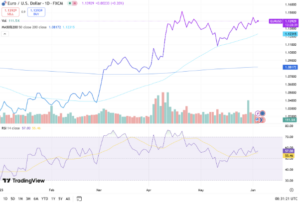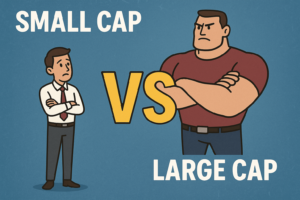Japan’s core inflation rose to 3.5% in April, marking the highest level in more than two years, according to government data released Friday. The figure excludes volatile fresh food prices and serves as a key gauge of underlying inflation trends. Headline inflation, which includes all items, remained steady at 3.6% year-on-year — staying above the Bank of Japan’s 2% target for a third consecutive year.
The data comes at a time when the Bank of Japan (BOJ) is carefully reviewing its monetary policy stance. While the central bank had previously signaled plans to raise interest rates, it is now closely watching the effects of newly imposed U.S. tariffs before proceeding with any changes.
A major factor pushing inflation higher was a spike in rice prices across the country. Reports show that the average price of a 5-kilogram bag of rice in 1,000 supermarkets reached 4,268 yen (about $29.63) as of May 11, up 54 yen from the previous week.
However, several factors suggest inflation may ease in the coming months. Crude oil prices have declined, and the Japanese yen has shown signs of strengthening, both of which help reduce import and energy costs.
The government is also planning to resume subsidies on electricity and gas bills this summer, which could put further downward pressure on consumer prices.
In a potential silver lining, experts noted that if U.S. tariffs lead to an oversupply of food globally, similar to what happened under Trump’s previous term, Japan could see lower food prices as a result.
Following the inflation data release, the Japanese yen appreciated by 0.15% against the U.S. dollar, trading around 143.80. Market participants believe that elevated inflation could support a more hawkish stance from the BOJ, which in turn might boost the yen.
Japan now faces a delicate balancing act: it must weigh the need to control inflation against the risk of slowing growth due to trade disruptions. Policymakers are expected to tread carefully in the months ahead.





